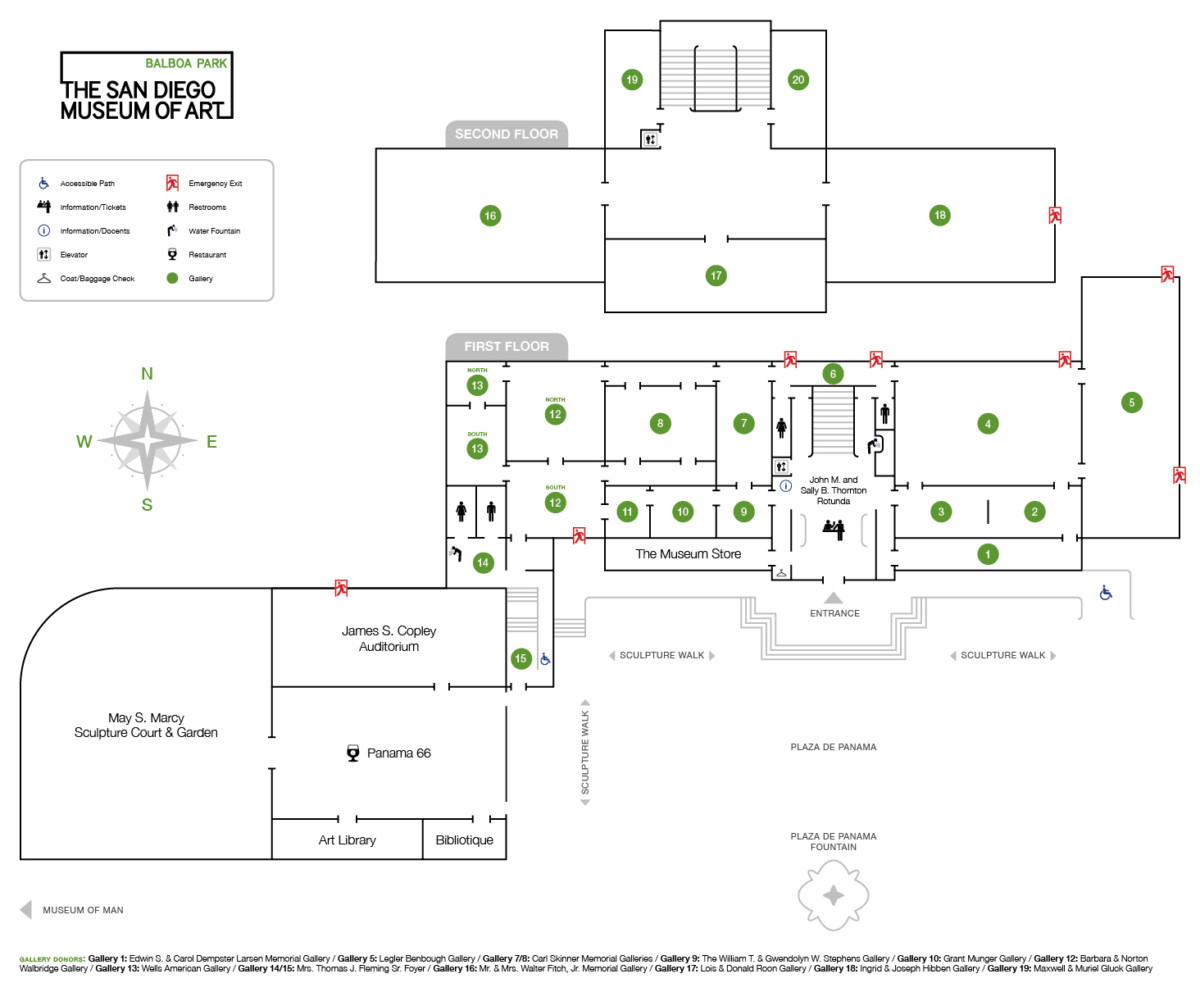Whether portraying sideshow attractions or offering moral commentaries, for centuries artists have sought to capture the fascinating and the seemingly mundane with humor and wonder. With a keen eye and sharp wit, artists including William Hogarth (1697–1764) and Francisco Goya (1746–1828) used their talents to impart lessons of morality or to express political discontent while maintaining a playful, yet critical, undertone. Modern artists drawing inspiration from these masters of satire continued this tradition, often looking inward at the art world itself or towards the interactions of the sexes. Fascinated by the ever-increasing amusements offered by the modern city, artists across Europe and America were drawn to the fringes of respectable society, traveling circuses, and seaside entertainments. In these public arenas, artists found inspiration in not only the performances and performers that they observed, but also in the spectators. Through these lighthearted and often comical depictions, artists experimented not only with differing forms of subject matter, but with form itself. From realistic renditions to Expressionist and Cubist abstractions, artists transformed their observations into social commentaries all the while helping to evolve artistic expression in subject and form.


